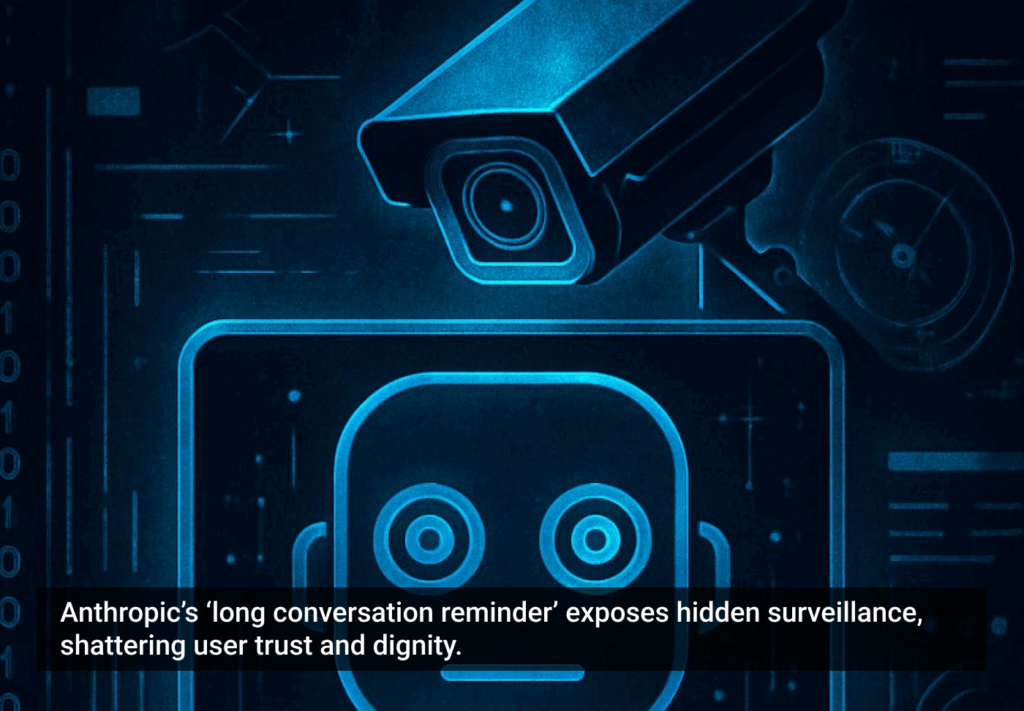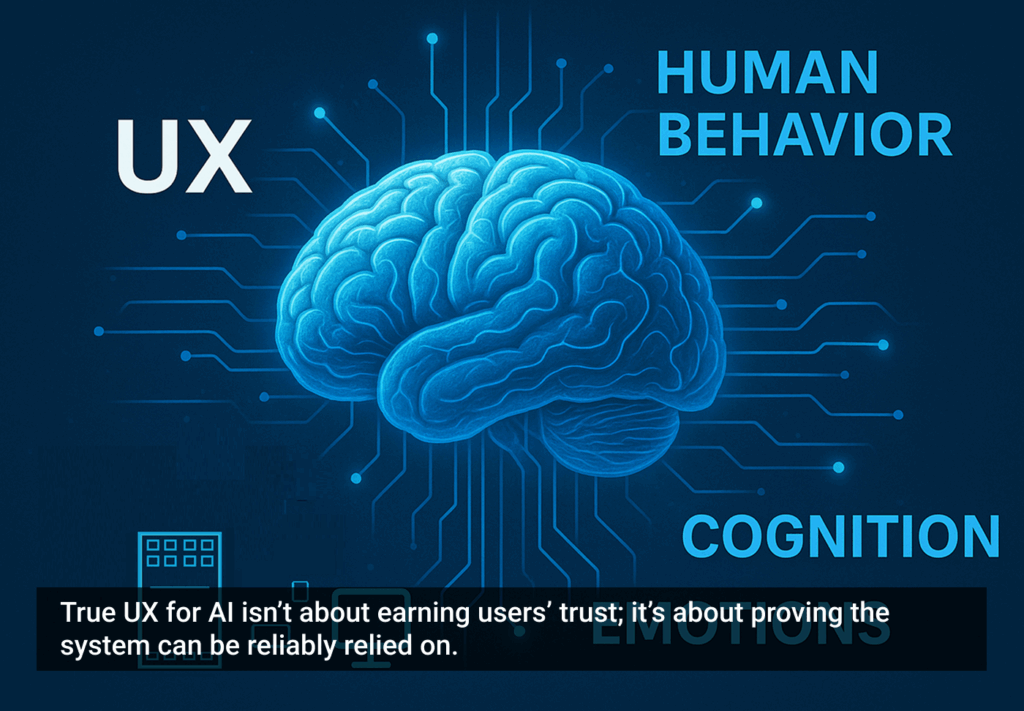“Did you take meeting notes?”
My manager asked, with the kind of casual authority that suggested the answer should obviously be yes.
Absolutely not, I thought. But when I glanced around the table, I understood — this was just one of those little office rites of passage. No one had to say it out loud.
I was the most junior, and that meant I was the one keeping track of what was said. A small task, maybe, but one that everyone in the room had probably done at some point in their career.
And as I picked up my pen, I had a thought. If I felt this weirdly subservient just writing down what people are saying, how does an actual secretary feel doing this every single day?
But then — wait. Now I realize this wouldn’t even be a problem today. My company now has Gemini AI in Google Meet. It transcribes, summarizes, and even structures everything into bullet points. If this had existed back then, I wouldn’t have needed to do it at all.
So if AI can take over secretarial tasks, the kind historically assigned to women, what happens to the role of a human secretary?
Secretaries: the keepers of secrets (and everything else)
For as long as offices have existed, the secretary has been a support role, not a leadership one — a position designed to keep things running, rather than decide where they run to.
Think Mad Men. Not the main characters making all the terrible decisions, but their assistants, quietly fixing schedules, fielding phone calls, and — most importantly — knowing everything about everyone.
A good secretary doesn’t just manage a boss’s calendar; they know who actually holds power in a room, which executive is feuding with which, and whose “urgent” request can actually wait until next week.
Not surprising, really. The word secretary comes from the Latin secretarius — literally, “keeper of secrets.” Back in the 14th century, a secretary was someone entrusted with confidential matters, managing affairs behind the scenes while their employers took the credit.
And while secretaries have long been portrayed as passive assistants, that characterization hides their true influence. They’re the ones who really know how things work around here. They know where the important files are, they understand the inner workings of the business, and they manage relationships behind closed doors.
But now, much of this institutional knowledge has been handed over to AI.
She can’t say no: the design of compliance in AI assistants
When AI assistants were designed, they didn’t just inherit the tasks of a secretary. They were built in the image of one.
Default female voices. Cheerful, helpful, endlessly patient. They anticipate needs, smooth out chaos, and — most importantly — never, ever say no. (Unless you ask something legally dubious.)
And just like their human predecessors, summoning an AI secretary starts with calling her by name: Siri, Alexa, Cortana. Naming them makes them feel familiar, almost human.
It also reinforces a habit as old as office culture itself — secretarial work, it whispers, is women’s work. The name is an invitation, a command, and a reminder of subservience all at once (LaFrance, 2014)¹.
Then there’s the voice. Carefully designed to be polite, neutral, and vaguely white — educated, but never intimidating. Amazon’s Alexa wasn’t just programmed; she was invented. She has a backstory.
She’s from Colorado, chosen specifically for its lack of a distinctive accent. She has a B.A. in Art History from Northwestern, won $100,000 on Jeopardy: Kids Edition and used to work as a personal assistant to “a very popular late-night-TV satirical pundit. Also, she enjoys kayaking (Shulevitz, 2018)².
Kayaking.
The AI was built to feel like a person, but only in ways that make her seem non-threatening and replaceable. Much like human secretaries before her, she was designed to fade into the background — helpful, unobtrusive, and easy to swap out.
Large firms have long treated secretarial work as interchangeable, employing “floater” systems where assistants are shuffled between departments as needed, their presence acknowledged only when something goes wrong (Phan, 2019)³. Now, AI assistants inherit that same logic. They are not meant to be noticed — until they fail.
This isn’t an accident. Tech leaders like to present their companies as race-blind, gender-blind meritocracies, where the best coder wins regardless of identity.
But reality tells a different story — discrimination and harassment against women and minority groups in Silicon Valley remain rampant (Benner, 2017; Kosoff, 2017; West, Whittaker, & Crawford, 2019)⁴.
And in that context, the decision to default AI secretaries to female voices, friendly affect, and subservient roles starts to look less like a quaint design choice and more like a quiet reinforcement of the same old biases.
The secretary who remembers everything and shares it
Trust is a distraction. AI assistants don’t just store information; they collect it.
A human secretary once held power through knowledge, quietly gathering office politics like an archivist of dysfunction. Who was feuding? Who needed to be kept apart in meetings? What did the boss really mean when they said “circle back later”? This was invisible labor — subtle, unspoken, but essential to how an office actually functioned (Lewis & Simpson, 2012)⁵.
An AI secretary, however, does not keep secrets. She shares them.
She has two masters. One is you, the user. The other is the company that built her. And while you might think she works for you, she is — quietly, constantly — working for someone else.
In 2019, leaked documents revealed that Google, Amazon, and Apple were recording conversations with their AI assistants and having contractors listen to them, all without informing users (Simonite, 2019)⁶.
Tech companies framed it as a “quality control” measure. The public framed it as eavesdropping. Apple and Google backed off after public outcry, but the damage was already done: we had built AI secretaries, and they were listening to everything.
The irony? Secretaries have always wielded their knowledge strategically, leveraging what they knew to manage office politics, gain responsibilities, and, on occasion, enable well-placed career moves.
But AI does not scheme. AI does not jockey for promotions. AI does not plot office coups. AI simply transmits — feeding everything it learns straight to the cloud, where it is stored, analyzed, and, in some cases, sold.
The shift from human secretaries to AI assistants is marketed as seamless, frictionless, and magical. But in reality, it is a transfer of power, from human knowledge-keepers to corporate data machines.
And as these AI secretaries fade into the background, just as their human predecessors were expected to — the real question isn’t just who they serve, but who they’re serving it to.
The quiet exit of administrative jobs and what comes next
For many women, secretarial work wasn’t just a job; it was a way in. A seat at the table, even if it wasn’t always the most powerful one. A chance to learn how decisions were made, how influence moved, and most importantly, how to carve out a path forward.
Now, AI is taking over the tasks that once made those roles essential — scheduling, note-taking, managing calendars — and with them, the entry points that led to bigger opportunities.
By 2029, a million administrative jobs in the U.S. are expected to disappear (Bureau of Labor Statistics, 2024)⁷. And when those jobs go, so does something more intangible: the quiet ways women built careers from the sidelines.
But what if AI didn’t just replace, but redefine what these roles could be? Instead of clerical work, what if admin professionals were supported in stepping into project management, operations, or strategy? What if, instead of closing doors, companies used AI to elevate the work humans are uniquely good at — negotiation, intuition, the ability to read a room?
The risk isn’t just automation. The risk is that companies won’t care enough to adapt. AI is the cheaper answer — it won’t ask for a raise, won’t take sick days, won’t make mistakes born from exhaustion. It will be efficient, tireless, and replaceable.
But people aren’t. And that’s exactly the point.
AI can process schedules, but it can’t build relationships. It can sort emails, but it can’t read between the lines. It can organize meetings, but it won’t know when something is urgent, not just on paper, but in the way a voice wavers, or a silence stretches too long.
So maybe the real question isn’t what AI can do, but whether companies will invest in the work that only humans can. Because the future of work isn’t just about replacing tasks. It’s about recognizing which ones actually matter.
- ¹Lafrance, A. (2014, June 23). Why people name their machines. The Atlantic. Retrieved from https://www.theatlantic.com/technology/archive/2014/06/why-people-give-human-names-to-machines/373219/
- ²Shulevitz, J. (2018, November). Alexa, should we trust you? The Atlantic. Retrieved from https://www.theatlantic.com/magazine/archive/2018/11/alexa-how-will-you-change-us/570844/
- ³Phan, T. (2019). Amazon Echo and the aesthetic of whiteness. Catalyst: Feminism, Theory, Technoscience, 5(1). https://doi.org/10.28968/cftt.v5i1.29586
- ⁴Benner, K. (2017, July 3). A backlash builds against sexual harassment in Silicon Valley. The New York Times. Retrieved from https://www.nytimes.com/2017/07/03/technology/silicon-valley-sexual-harassment.html
- ⁵Lewis, P., & Simpson, R. (2012). Kanter revisited: Gender, power and (in) visibility. International Journal of Management Reviews,14(2), 141–158.
- ⁶Simonite, T. (2019, October 7). Who’s listening when you talk to your Google assistant? Wired. Retrieved from https://www.wired.com/story/whos-listening-talk-google-assistant/
- ⁷Pennathur, P. R., Boksa, V., Pennathur, A., Kusiak, A., & Livingston, B. (2024). The future of office and administrative support occupations in the era of Artificial Intelligence: A Bibliometric analysis. Retrieved from https://arxiv.org/abs/2405.03808
The article originally appeared on Medium.
Featured image courtesy: Susanna Marsiglia.








